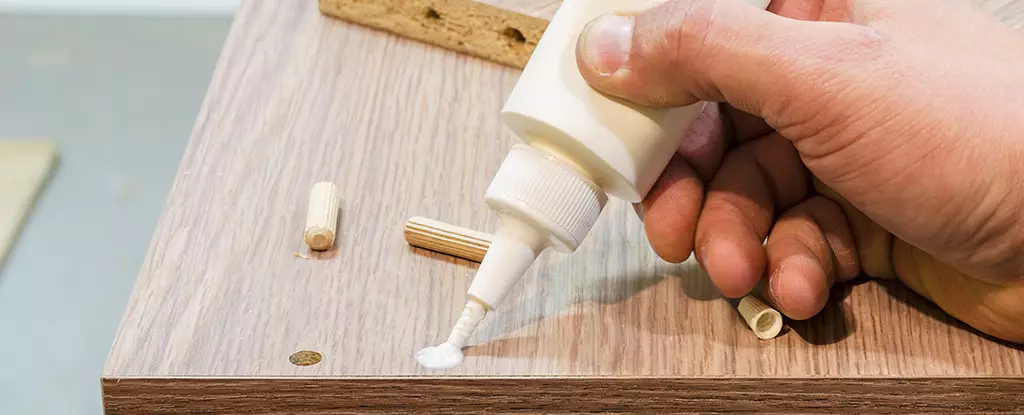Polyvinyl acetate, commonly known as PVA glue, finds its way into countless educational settings and DIY projects due to its versatility and ease of use. Often relegated to the realm of arts and crafts, recent research from the University of Tokyo has unveiled a surprising potential for PVA glue in the realm of medicine, particularly in cancer treatment modalities. By exploring the compatibility of polyvinyl alcohol (PVA) with neutron capture therapy, researchers have identified a novel approach to enhance the effectiveness of treatment for head and neck cancers, positioning common adhesives as unlikely heroes in the ongoing battle against cancer.
At the heart of this breakthrough lies boron neutron capture therapy (BNCT). This treatment relies on a unique method where patients are administered a boron-containing drug that selectively targets cancer cells. When exposed to a beam of low-energy neutrons, these boron-laden cells produce a localized radioactive reaction that effectively obliterates nearby cancerous tissue. However, the effectiveness of BNCT relies heavily on the precise localization and retention of boron within the tumor environment. Traditionally, the administration of certain boron compounds has presented challenges, particularly concerning their selective accumulation in malignant cells versus healthy ones.
In attempts to increase the efficacy of BNCT, researchers previously experimented with a compound known as L-BPA. While L-BPA initially showed promise, it was found to permeate healthy cells under certain conditions, hampering its therapeutic potential. Thus, the shift in focus toward D-BPA emerged as a pivotal moment in the study. Unlike its counterpart, D-BPA does not accumulate in healthy cells, making it a prime candidate for enhancing tumor targeting in BNCT. The inclusion of polyvinyl alcohol has turned the tide; it has been demonstrated that this additive significantly amplifies D-BPA’s capacity to retain boron within tumor cells.
Laboratory findings hinted at a remarkable shift in the treatment paradigm. The combination of PVA with D-BPA resulted in unprecedented tumor-selective accumulation of boron, outperforming conventional treatment methodologies. Researchers reported that this innovative system led to a marked increase in therapeutic efficiency, suggesting that it could dramatically shorten treatment timelines while reducing the collateral damage to healthy tissues. In an experiment involving subcutaneous tumor models, the results indicated that the PVA-D-BPA complex could achieve outcomes that were previously thought unattainable with standard therapeutic approaches.
Despite the promising results observed in lab settings, further research remains essential before this novel approach can transition into standard clinical practice. One of the primary concerns is ensuring the safety and efficacy of using this type of formulation in actual patient treatments. Understanding the full scope of interactions and potential side effects is crucial, as dosages and methods of administration will need rigorous scrutiny. Moreover, there is a pressing need to evaluate how well this innovative method can be adopted into existing treatment regimens without escalating costs, as affordability remains a significant obstacle in cancer care.
The exploration of PVA glue—the source of childhood crafting memories—has emerged as a testament to the unexpected pathways of scientific discovery. Innovations such as the PVA-D-BPA complex remind us of the importance of re-evaluating conventional materials and their potential applications in healthcare. While there are numerous trials ahead, the early findings offer a glimpse of hope for improved cancer treatment methodologies that could offer more targeted, effective, and less costly options for patients. Ultimately, collaborations between engineering and medical research continue to pave the way for transformative changes that could redefine approaches to fighting one of humanity’s most formidable challenges.

